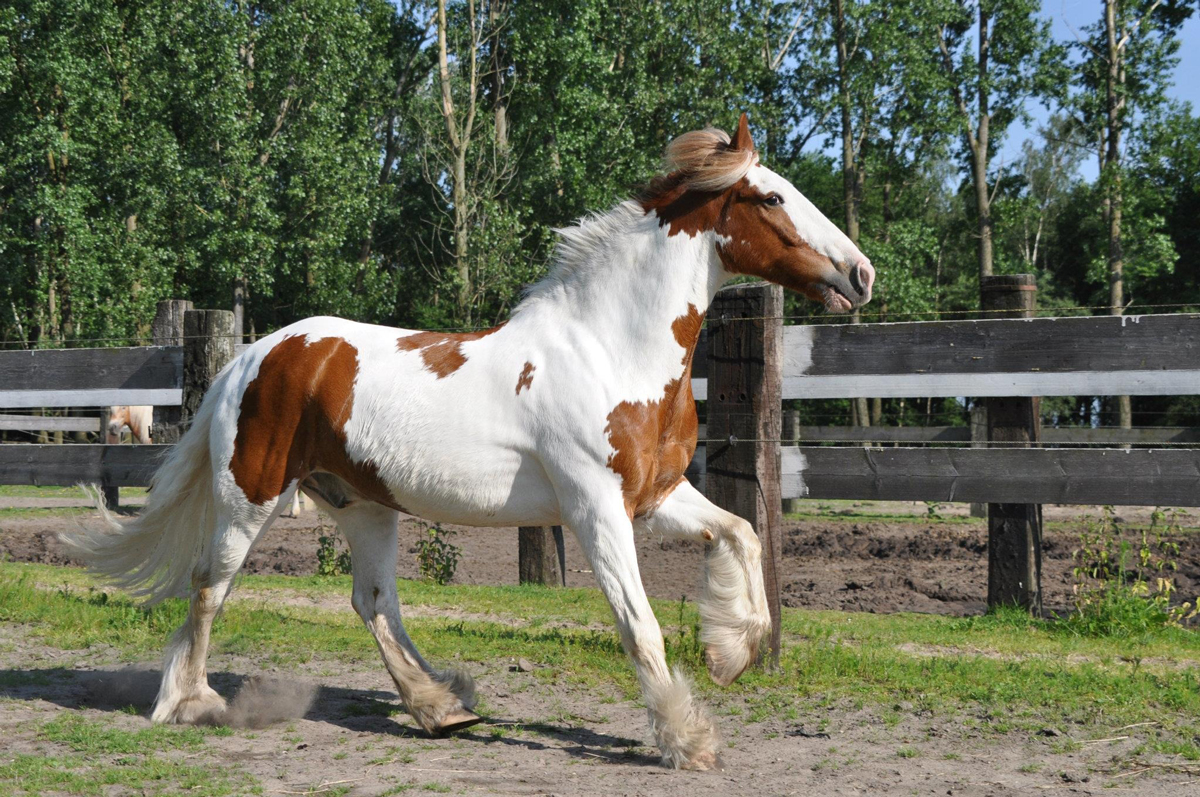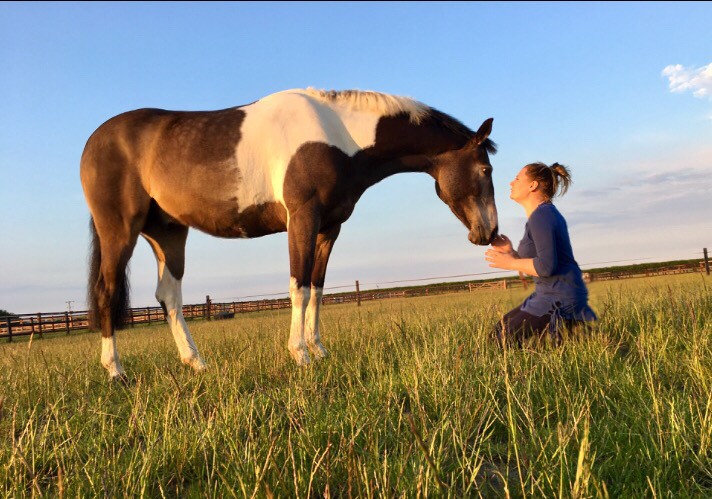Any horse lover will know how intuitive and communicative our equine friends really are. Responding to changing situations and our corresponding body language, they regularly perform wonders. You only had to watch Charlotte Dujardin and Valegro perform at London 2012 to be humbled by their intelligence and deep connection.
As humans we often rely on verbal communication to get what we want so voice commands while training a horse can be very important. But it isn’t just for pleasure that we need them, but also for our safety.
Just as you wouldn’t go out hacking without arranging horse rider insurance beforehand you also wouldn’t go out without the ability to communicate with them!
That’s why we wanted to remind you about the top 10 voice commands that every horse rider should know.
Common voice commands
- Whoa – Stop now. The most important and basic horse training voice command for any horse to know.
- Walk – Walk on now.
- Trot (cluck-cluck) – Go slightly faster than a walk. Some owners use the word while others click their tongue.
- Canter (kiss-kiss) – Run at an easy and comfortable speed. A kissing sound or the word canter.
- Back – Reverse until I say otherwise. This concept is often a little more difficult for a horse to understand at first.
- Easy – Slow down.
- Stand/Stay – Stand still where you are and don’t move.
- Over – Move out of my way, please.

Getting started with voice commands
Voice commands are a vital part of training any horse. Even if your horse has already been trained it’s good to go over the basic commands to see how they respond and whether they need further instruction.
In many equine disciplines, you’re eventually expected to ride your horse without using voice commands at all. But as a basic training method they’re invaluable and have the benefit of being clear to the horse and easily transferable to other trainers or riders.
If you want your horse to respond to voice commands, remember to start by teaching them on the ground first. For example, when lunging a young horse or when doing other ground training. Once they understand the voice commands, then add them slowly into your riding.
It’s far easier for you both if you teach the commands gradually rather than all at the same time. That way you can keep track of how you’re both doing. And you won’t feel overwhelmed!
It’s always best to start at the very beginning with the “whoa” and “walk” commands. A first session might go like this:
- Say “walk”.
- Cue the horse by tugging gently on the leap rope and walking forward yourself.
- When the horse walks, reward them with a treat or a stroke.
- Walk the horse around one half of an arena.
- Say “whoa”.
- Cue the horse by tugging gently back on the lead rope and stop walking.
- When the horse stops, reward them. Don’t expect the horse to stop for too long before walking on again.
- Repeat the sequence of walking and stopping around 10 times. Try to make it seem to the horse that every movement is your idea rather than theirs.
As the sessions develop you are looking for the horse to respond to the command without you having to use the lead rope. Once the horse knows “whoa” and “walk” move on to “trot” and “back” in the same manner.
Remember when teaching “trot” you’ll probably need to jog rather than walk off after giving the command. That way the horse will know you want them to move faster than walking pace. Spend several sessions moving between a walk and a trot until they get the difference.
The idea of “back” can be more difficult for horses to master so might need a further cue than the lead. Some horses will respond to a backwards tug on the lead rope whereas others might need a gentle tap in the chest to get them to respond appropriately. Whichever they prefer, be sure to be consistent in the training ground.
Once a horse understands voice commands on the ground, transfer them to commands when riding. Always ensure you have adequate horse rider insurance before setting off.

Handy tips for using voice commands
- Whatever commands you use, make them short.
- Speak clearly. Say the word in a consistent way and don’t add other words to the command, such as their name. This will just cloud the meaning.
- Reinforce voice commands with other aids if necessary until you have the looked-for response.
- Be consistent in your voice commands. Don’t say “whoa” when you just want them to slow down.
- Watch your timing. Give your command at the right time – not five seconds before!
- Be careful of unintentional voice commands. It’s easy to create commands you didn’t intend. If you’re not careful “Good boy” could easily become the command for “Have a treat”!
- Be careful of your tone and pitch. Taking your pitch and tone from low to high can encourage speeding up and from high to low can encourage your horse to steady up. Bear this in mind when speed is involved, if you have an excited upbeat voice it may not want to slow down as easily.
Horse rider insurance through Equesure
Along with horse rider insurance, getting your horse to respond immediately to your commands is a sensible way to protect yourself and your equine companion from harm.
Here at Equesure our team has over 60 years of experience in the specialist equine insurance market. We can offer you a bespoke insurance policy with options tailored to the unique needs of you and your horse.
Whether you're planning an invigorating hack after time spent out of the saddle or training for your next major event, Equesure can arrange insurance for any rider.
We offer personal accident cover up to £10,000 for juniors and £20,000 for adults. Policies from our trusted panel of insurers can also cover emergency vet fees up to the value of £1,500 and saddlery and tack cover up to £2,500.
Request a quote today.
Policy benefits and features offered may very between insurance schemes or cover selected and are subject to underwriting criteria. Information contained within this article is accurate at the time of publishing but may be subject to change.





